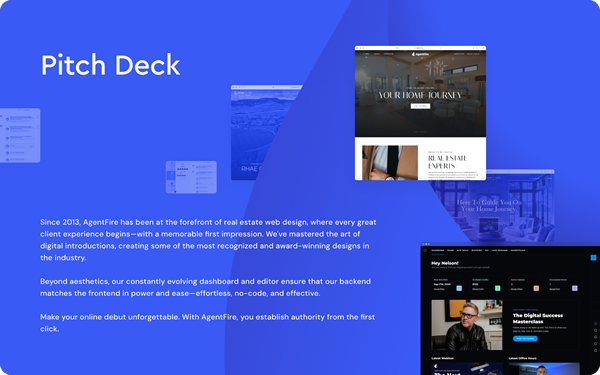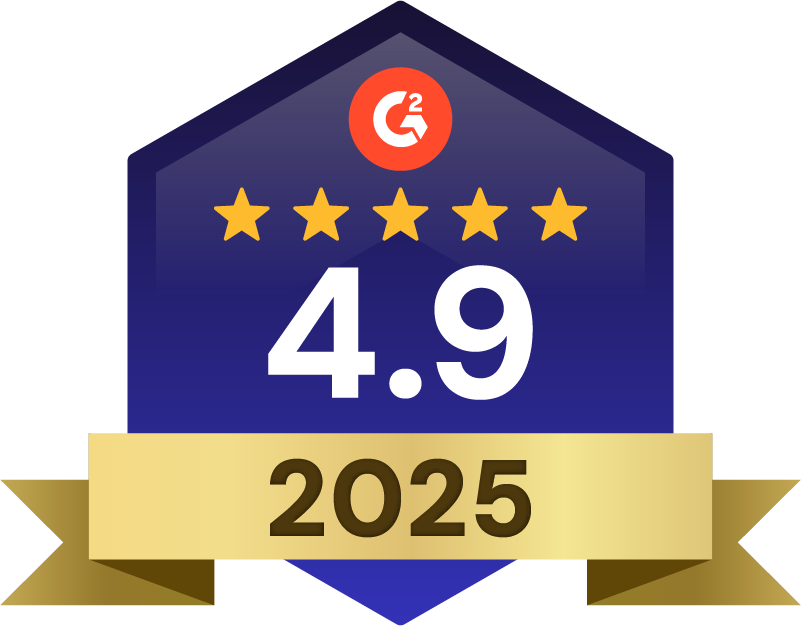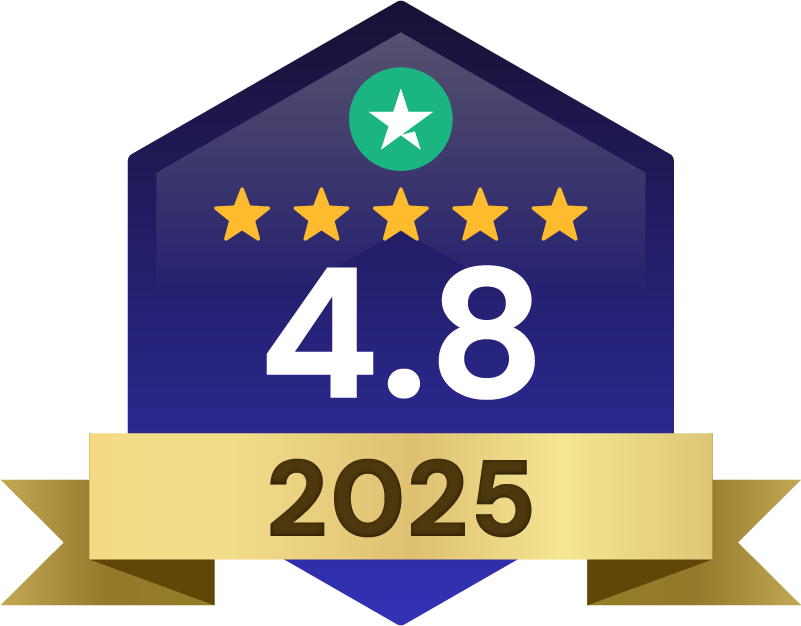Explore the significant advantages of personalized marketing emails in real estate and examine how tailored communications lead to higher engagement.
Email Marketing
In real estate, where competition is fierce and client expectations are high, personalized email marketing has emerged as a game-changer. A recent article by Instapage revealed that personalized emails deliver a staggering 29% higher unique open rates and 41% higher click-through rates compared to generic emails. As a real estate professional, you have a unique opportunity to harness the power of personalization to build stronger connections with your clients and stand out in a crowded market.
In this article, we’ll dive into the compelling statistics that underscore the importance of personalized email marketing and provide you with practical strategies to create tailored campaigns that resonate with your target audience.
Are you ready to take your email marketing to the next level and inspire your clients to take action?
The Numbers Behind Personalized Emails in Real Estate
Personalized email marketing is a force to be reckoned with in the real estate industry. According to recent email marketing statistics, the average open rate for emails in real estate stands at 35%, with a click-through rate (CTR) of 0.9%. However, when we dive into the power of personalization, the benefits become even more evident. Consider these eye-opening figures:
- Without personalization, this study showed 52% of all email recipients say they’ll find somewhere else to go.
- Personalized subject lines alone can increase open rates by 50%, demonstrating the impact of tailored content from the very first impression.
- Personalized emails generate 6 times higher transaction rates compared to generic emails.
- Segmented and targeted emails can drive up to a 760% increase in revenue.
- Email CTR in Real Estate is an impressive 3.6% when personalized.
These numbers paint a clear picture: personalization is not just a nice-to-have; it’s a necessity for success in the competitive world of real estate email marketing.
Building Your Foundation Of Segmentation and Audience Insights
To harness the power of personalized email marketing, you must first lay the groundwork by understanding your audience. Audience segmentation is the cornerstone of crafting emails that resonate with your clients on a personal level. By identifying subgroups within your target audience and tailoring your messaging to their specific needs and preferences, you can build stronger connections and drive more meaningful engagement.
So, how do you go about segmenting your audience effectively? Here are some practical tips to get you started:
- Collect and analyze data: The key to successful segmentation lies in gathering and interpreting relevant data about your clients. This can include their demographics, property preferences, search history, and past interactions with your website. By leveraging tools like Google Analytics or AgentFire’s Lead Profiles, you can gain valuable insights into your audience’s behavior and interests.
- Identify distinct segments: Once you have a wealth of data at your fingertips, it’s time to identify distinct segments within your audience. Some common segmentation criteria for real estate include:
- Location: Group clients based on their preferred neighborhoods, cities, or regions.
- Property type: Segment clients according to their interest in specific property types, such as single-family homes, condos, or investment properties.
- Budget: Categorize clients based on their price range and financial capabilities.
- Stage of the buyer’s journey: Divide your audience into segments based on where they are in the buying process, from initial research using a buyer’s guide to active house hunting to closing.
- Utilize CRM tools: Customer Relationship Management (CRM) tools, such as Follow Up Boss, are invaluable for managing and segmenting your client data. These platforms allow you to store and organize client information, track interactions, and create targeted email lists based on specific criteria. By leveraging the power of a CRM, you can streamline your segmentation efforts and ensure that the right messages reach the right people at the right time.
- Tailor your content: With your segments clearly defined, it’s time to craft personalized content that speaks directly to each group’s unique needs and interests. For example, if you have a segment of first-time homebuyers, you might create a series of educational emails that walk them through the buying process, highlight affordable properties, and offer tips for securing financing. By delivering content that is relevant and valuable to each segment, you can establish yourself as a trusted resource and build lasting relationships with your clients.
- Continuously refine your segments: Audience segmentation is not a one-time task; it’s an ongoing process that requires regular refinement and optimization. As you gather more data and insights about your clients, be sure to update and adjust your segments accordingly. By staying attuned to your audience’s evolving needs and preferences, you can ensure that your personalized email campaigns remain effective and impactful over time.
Remember, the goal of audience segmentation is to create a more personalized and engaging email experience for your clients. By taking the time to understand your audience, identify distinct segments, and tailor your content accordingly, you can forge deeper connections, inspire trust, and ultimately drive more successful outcomes for your real estate business.
Crafting Personalized Content That Resonates
Now that you’ve laid the groundwork with effective audience segmentation, it’s time to dive into the heart of personalized email marketing: crafting content that truly resonates with your clients. According to a study by Epsilon, 80% of consumers are more likely to make a purchase when brands offer personalized experiences. This statistic underscores the immense power of tailored messaging in driving engagement and conversions.
So, how can you create email content that speaks directly to your clients’ needs and interests? Here are some proven strategies to help you hit the mark every time:
- Leverage dynamic content: Dynamic content is a game-changer when it comes to personalization. By utilizing tools like Mailchimp’s dynamic content blocks, you can create email templates that automatically adapt to each recipient’s unique profile. For example, you can tailor the content inside your monthly newsletter to better resonate with your various audiences. This level of customization not only saves you time but also demonstrates your commitment to delivering highly relevant content to each individual.
- Provide localized market updates: Real estate is all about location, location, location—and your email content should reflect that. By segmenting your audience based on their preferred neighborhoods or cities, you can deliver targeted market updates that keep them informed and engaged. Share recent sales data, price trends, and new listings specific to their area of interest. By positioning yourself as a local market expert, you’ll build trust and credibility with your clients, increasing the likelihood of future transactions.
- Offer personalized recommendations: Take your emails to the next level and go beyond the automated search alerts by offering hand-picked property recommendations based on each client’s unique preferences. By analyzing their search history, saved listings, and past interactions with your website, you can curate a selection of properties that align with their specific needs and desires. This level of personalization not only saves your clients time and effort but also demonstrates your deep understanding of their individual requirements, fostering a sense of trust and loyalty.
- Craft compelling subject lines: Your email’s subject line is the gateway to engagement; it’s the first thing your clients see in their inbox, and it can make or break your open rates. In fact, 47% of email recipients decide whether to open an email based on the subject line alone. To maximize the impact of your personalized emails, craft subject lines that are both attention-grabbing and highly relevant to each segment. For example, instead of a generic “New Listings Alert,” try something more specific like “5 Stunning Condos in Downtown Seattle Under $500K.” By incorporating personalized details and a sense of urgency, you’ll entice your clients to open and engage with your content.
- Inject personality into your copy: While data-driven personalization is essential, don’t forget to infuse your email copy with a human touch. Your clients want to feel like they’re receiving messages from a real person, not a faceless corporation. Use a conversational tone, share personal anecdotes, and inject humor where appropriate. By allowing your unique personality to shine through, you’ll create a more authentic and engaging email experience that sets you apart from the competition.
Remember, the key to successful email personalization is to deliver content that is both relevant and valuable to each individual client. By leveraging dynamic content, providing localized market updates, offering personalized recommendations, crafting compelling subject lines, and injecting personality into your copy, you’ll create email campaigns that not only capture attention but also drive meaningful engagement and conversions.
Measuring Success Beyond Open Rates and Clicks
While crafting compelling, personalized email content is crucial, it’s equally important to track the right metrics to gauge the effectiveness of your efforts. Open rates and click-through rates (CTR) are undoubtedly important, but they only scratch the surface when it comes to measuring the true impact of your email marketing strategy. A study by Litmus found that email marketing generates an impressive $36 for every $1 spent, highlighting the need to dig deeper into your metrics to optimize your ROI.
To truly understand the success of your personalized email campaigns, consider the following metrics:
- Conversion rates: Conversion rates measure the percentage of recipients who take a desired action, such as scheduling a property viewing or filling out a contact form. By tracking conversion rates, you can determine which personalized email campaigns are most effective at driving meaningful engagement and generating leads. For example, if you notice that emails showcasing properties in a specific neighborhood consistently yield higher conversion rates, you can prioritize that content in future campaigns to maximize results.
- Lead quality: Not all leads are created equal, and it’s essential to assess the quality of the leads generated by your personalized email campaigns. One way to gauge lead quality is to track the number of leads that progress through your sales funnel, ultimately resulting in closed deals. By analyzing the characteristics of your highest-quality leads, such as their engagement level or demographic profile, you can refine your email personalization strategy to attract more of these valuable prospects.
- Client feedback: Sometimes, the best way to measure the success of your personalized email marketing is to simply ask your clients for their feedback. Conducting surveys or reaching out for testimonials can provide invaluable insights into how your emails are resonating with your audience. For instance, you might discover that clients particularly appreciate the localized market updates you provide, prompting you to focus more on that type of content in future campaigns. By actively seeking and incorporating client feedback, you can continuously improve your email personalization approach to better meet their needs and expectations.
- A/B testing: A/B testing is a powerful tool for optimizing your email personalization techniques over time. By creating two versions of an email campaign with slight variations—such as different subject lines, images, or calls-to-action—you can determine which elements are most effective at driving engagement and conversions. For example, you might test two subject lines: “5 New Listings in Your Area” vs. “Discover Your Dream Home: 5 New Listings.” By comparing the performance of each version, you can identify the winning formula and apply those insights to future campaigns, continuously refining your approach to email personalization.
Remember, the key to measuring the success of your personalized email marketing is to look beyond vanity metrics like open rates and clicks. By focusing on conversion rates, lead quality, client feedback, and A/B testing, you can gain a more comprehensive understanding of how your emails are performing and make data-driven decisions to optimize your strategy. As the renowned management consultant Peter Drucker once said, “What gets measured gets managed.”
Conclusion
The benefits of personalizing email marketing campaigns in the real estate sector are undeniable. Statistics consistently show higher open rates, click-through rates, and conversion rates for personalized emails compared to generic, automated ones. By tailoring your messages to the specific needs and interests of your clients, you can create a more engaging and effective marketing strategy.
Start small with personalization and gradually expand your efforts as you see results. Segment your audience based on factors like location, budget, and property preferences. Craft subject lines and email content that speak directly to each segment’s unique needs. As you build stronger relationships through personalized communication, you’ll likely see increased client loyalty and sales success over the long term.
Remember: personalization is not a one-time effort but an ongoing process. Continuously gather data about your clients, refine your segments, and adapt your messaging accordingly. With dedication and a data-driven approach, you can harness the power of personalization to take your real estate email marketing to new heights. Inspire your clients, achieve your goals, and dream big—one personalized email at a time.







